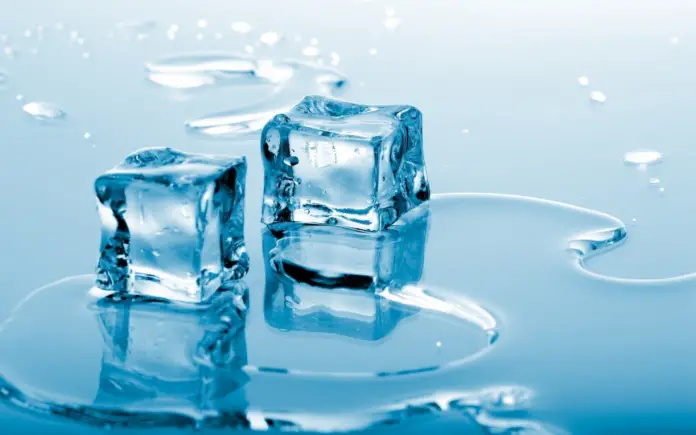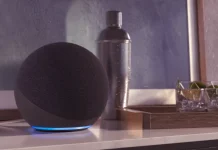The ice maker is a state-of-the-art kitchen appliance that makes generating ice more convenient. Ice maker helps you to get ice easier, without having to fill a mold with water and wait for it to freeze and then forge it out.
Of course, ice makers are optional, but some modern refrigerators have ice makers already built in. What’s more, they make your life easier, so every year ice makers become more and more popular.
Ice makers explained
Ice drinks are becoming more popular, at least both I and my friends use more and more ice every year. And of course, I don’t want to wait 2-3 hours before the ice freezes, I want to get it instantly.
Ice makers solve this problem because they keep the ice frozen all the time, and you just have to press a button and get ice in your glass.
Of course, ice makers are not new technology. They have been around since the 19th century, but have only become popular since the mid-2010s, as the technology for generating ice has been improved.
Ice makers are quite complicated, but I will try to explain their construction as simply as possible:
- A water valve that opens and dispenses water for ice.
- A cooling unit that controls the temperature of the water to turn it into ice cubes.
- Heater. After the water is turned into ice cubes, the coil placed at the bottom of the mold heats the ice so that it separates from the walls of the ice mold.
- Electric ejector. After the ice cubes have grown large enough to separate from the mold, the ejector reverses the mold and pushes the ice cubes through.
- Once the process is complete, it is repeated all over again.
What are the types of ice makers
There are a total of three types of ice makers: built-in, portable and standalone.
- Built-in ice makers are designed to be built into kitchen furniture, for example between kitchen cabinets.
- Portable ice makers are small, so you can use them to take with you to a picnic or party.
- Separate ice-makers can be placed together and it doesn’t have to be fixed (but should have enough space on the sides for ventilation).
How to defrost Samsung ice maker
Sometimes ice makers can have ice sticking to the walls and this prevents the ice from being pushed out. In this case, you need to defrost the Samsung ice maker. To defrost the Samsung ice maker, you need to do the following:
- Press Energy Saver and Refrigerator buttons to put the ice maker into test mode
- After the display goes out, hold down any button for 10-15 seconds.
- Select Manual defrost of fresh food and freezer compartments
- The Ice Maker will give a beep which will last for 5 minutes (once the beeping stops this will mean defrosting is finished)
- Once the defrosting has finished, disconnect the ice maker from the power supply
- Clean the ice maker of water before you use it again
Sometimes ice makers can have ice sticking to the walls and this prevents the ice from being pushed out. In this case, you need to defrost the Samsung ice maker. To defrost the Samsung ice maker, you need to do the following:
Press Energy Saver and Refrigerator buttons to put the ice maker into test mode
After the display goes out, hold down any button for 10-15 seconds.
Select Manual defrost of fresh food and freezer compartments
The Ice Maker will give a beep which will last for 5 minutes (once the beeping stops this will mean defrosting is finished)
Once the defrosting has finished, disconnect the ice maker from the power supply
Clean the ice maker of water before you use it again
That’s all you need to know. I recommend to defrost your Samsung ice maker at least once a month to avoid ice from freezing on the parts of the Samsung ice maker.






